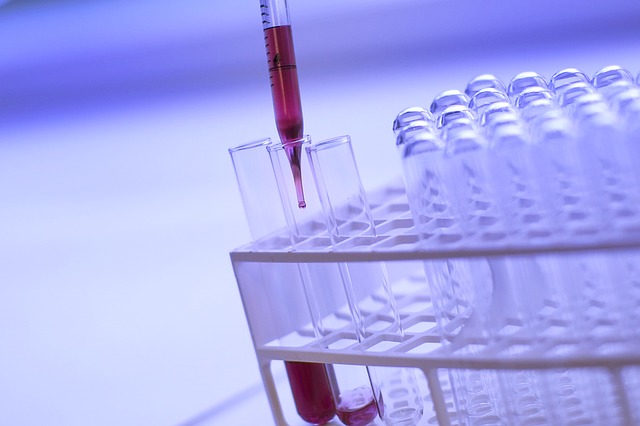
Last February, Timothy Ray Brown — a.k.a. ‘the Berlin patient’ — celebrated his 10th birthday. Well, sort of. His ’10th birthday’ actually refers to the 10th anniversary marking his recognition as the only person in the world to be cured of HIV, the virus that causes AIDS.
Brown’s incredible story began in 1995 when he was diagnosed with HIV. For over 10 years, he was able to stave off the disease by taking antiretroviral drugs. But disaster decided to strike again. Aside from HIV, it turned out that he had developed cancer as well, specifically, acute myeloid leukemia.
To fight off the cancer, Brown’s doctors decided to use chemotherapy and radiation to destroy his immune system, then use donated stem cells via a bone marrow transplant to rebuild it. It was supposed to be a standard treatment, but the doctors tweaked it a bit. The stem cell donor they chose was immune to HIV. Scientifically, this means that the donor had a gene mutation that caused him not to have CCR5 in his cells; CCR5 is the protein that allows HIV to get into a person’s blood cells.
Brown received two bone marrow transplants, and the results were nothing short of a miracle — he was cured of both HIV and cancer!
That extraordinary feat resulted in a common consensus that it was the transplant that saved Brown from his two lethal diseases. Based on new evidence, however, that conclusion might have to be re-evaluated. It might not have been the transplant that cured him. Rather, his immune system’s reaction to the transplant that finally did the trick.
The immune reaction is known as graft-versus-host disease. Essentially, what happens is this: the donor’s immune cells attack the recipient’s cells. In Brown’s case, the donor’s cells attacked his immune cells (including the HIV contained in the cells). The result was the death of the HIV in his system.
At the IrsiCaixa AIDS Research Institute in Spain, six patients with HIV and cancer who received treatment similar with Brown’s now appear to be cleared of HIV.
Something to think about, though. Among the six patients, only one received the exact same treatment as Brown’s — the bone marrow donor had the CCR5 gene mutation. Yet all six of them developed graft-versus-host disease.
Unless they stop taking their anti-HIV drugs, it can’t be confirmed if they have been completely cleared of HIV. So far, though, all HIV tests on the six of them have been negative for 2 years. And that can certainly add support to the idea that it’s the graft-versus-host disease that kills HIV, not the transplant.
Still, if this does turn out to be accurate, it might not be such an appealing approach to use because it’s virtually a deliberate attempt to kill a patient’s immune cells which can easily turn fatal. Especially for patients who have the means to afford the expensive anti-HIV drugs, exposing one’s self to further risk via transplantation is not really a logical option.
Although there’s some consolation in the fact that at least there are anti-HIV drugs that can keep the disease at bay as long as you continue taking the drugs, it’s obviously far from being satisfactory given the fact that not everyone can afford such an expensive lifetime treatment. Which is why so much studying still needs to be done to better understand HIV’s behavior and how this nasty virus can be eradicated. Let’s hope science eventually leads us to a safer and more affordable cure.
- Bulenox: Get 45% to 91% OFF ... Use Discount Code: UNO
- Risk Our Money Not Yours | Get 50% to 90% OFF ... Use Discount Code: MMBVBKSM
Disclaimer: This page contains affiliate links. If you choose to make a purchase after clicking a link, we may receive a commission at no additional cost to you. Thank you for your support!

Leave a Reply